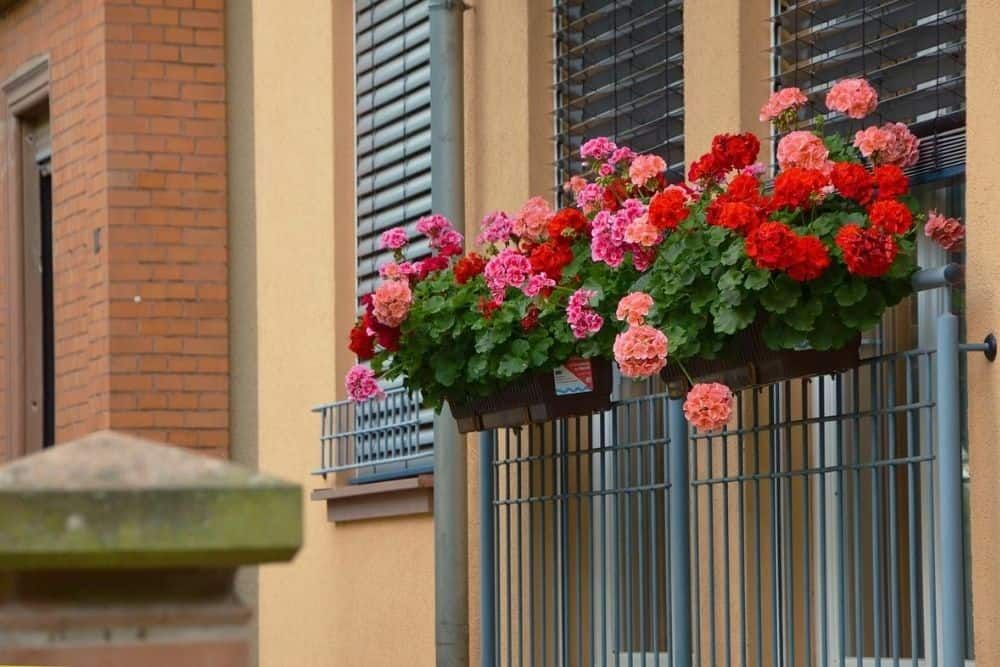Summer is officially here -- in the northern hemisphere, anyway -- and that means hot weather and drought conditions. With some water restrictions in full swing it can be tough to keep your landscape looking lush and green. But don't despair! There are plenty of ways to help your plants survive a drought. Keep reading for five tips that will help you conserve water and keep your plants healthy.
Use Mulch
Image credits: ArtisticOperations via Pixabay
If you live in an area that's prone to drought, you know how important it is to conserve water. One great way to do this is by using mulch in your garden.
Mulch helps reduce water evaporation, keeping moisture in your soil and preventing your plants from drying out. It also keeps the roots of your plants stay cooler, which can help them survive during periods of extreme heat.
There are a variety of mulches you can choose from, including bark chips, straw, and even recycled newspaper. Whichever type you choose, be sure to apply a thick layer (about 2 to 3 inches) around your plants. This will help ensure that your plants stay healthy and hydrated all summer long.
Group Plants Together
Image credits: congerdesign via Pixabay
When it comes to helping your plants survive a drought, grouping them is a great strategy. By creating small groups of plants with similar water needs, you can make sure that everyone gets the hydration they need without any one plant being overwhelmed.
Not sure how to group your plants? Here are a few tips:
- Consider the size of your plants and their watering needs. Grouping plants with similar water restrictions will help in the long run.
- Don't forget about sun exposure! Group together plants that need full sun to prevent overwatering.
- Make sure the spot you put your plants is not downhill where water can pool but also make sure the soil has correct water retention necessary to avoid drought.
By following these tips, you'll be well on your way to creating the perfect plant grouping for your drought-prone garden.
Minimize Lawn Area
Image credits: soupstock via Canva
Lawns require a lot of water to stay green, so minimizing the lawn area in your yard conserves water. This is good for the environment, but it also helps your plants survive during periods of low rainfall or drought by ensuring they get the water they need. Here are some tips on how to reduce your lawn area while maintaining a beautiful space:
- Use native plants: native plants are better adapted to local conditions, including drought. They require less water and care than non-native species.
- Create planting beds: planting beds take up less space than a traditional lawn, and they can be filled with drought-tolerant plants.
- Use groundcovers: groundcovers are low-growing plants that spread quickly, smothering weeds and reducing the need for mowing. Many groundcovers are also drought tolerant.
- Reduce the size of your lawn: a smaller lawn requires less water and maintenance than a large one. You can use a variety of techniques to achieve this, such as edging, selective pruning, or installing raised beds.
If you follow these tips your lawn could be more prepared for a possible drought.
Water Early In The Day
Image credits: svehlik via Canva
When it comes to watering your plants during a drought, timing is everything. Watering early in the day will help your plants survive. Evaporation is much slower in the morning hours, so the water will have time to seep into the ground and reach the roots before the heat of the day sets in. Follow these tips and your plants will be one step ahead in surviving a drought.
- Water early in the day, ideally before 10 a.m.
- Apply water slowly and deeply so it has time to seep into the ground.
- Avoid watering in the heat of the afternoon when evaporation is highest.
- Focus on the roots, where the water is needed most; avoid watering from the top.
Keep in mind that every plant is different and will have different watering needs, so be sure to pay attention to the signs of stress and adjust your watering schedule as needed.
Weeding Your Garden
Image credits: DmitryTkachev via Canva
Weeding your garden may seem like a never-ending task, but it's one of the most important things you can do to help your plants survive a drought. By removing weeds, you're giving your plants a fighting chance to access the limited water and nutrients available during a drought.
Here are some tips for effectively weeding your garden during a drought:
- Hand-weed, don't hoe: hoeing stirs up the soil and can actually promote weed growth. Hand-weeding is a more targeted approach that will help you remove weeds without harming your plants.
- Pull weeds when they're young: smaller weeds are easier to pull and have shallower roots. Waiting until they're larger will make them more difficult to remove and they'll have deeper roots that are more likely to harm your plants.
- Don't compost weeds: composting weeds can spread their seeds, defeating the purpose of weeding in the first place!
Better Safe Than Sorry!
Drought conditions can be a challenge for gardeners and landscapers alike, but with a little bit of effort, you can keep your plants healthy and beautiful. These tips are just a few of the many ways to help your landscape survive during times of low rainfall. Do you have any additional tips or tricks? Drop them in the comments below!






